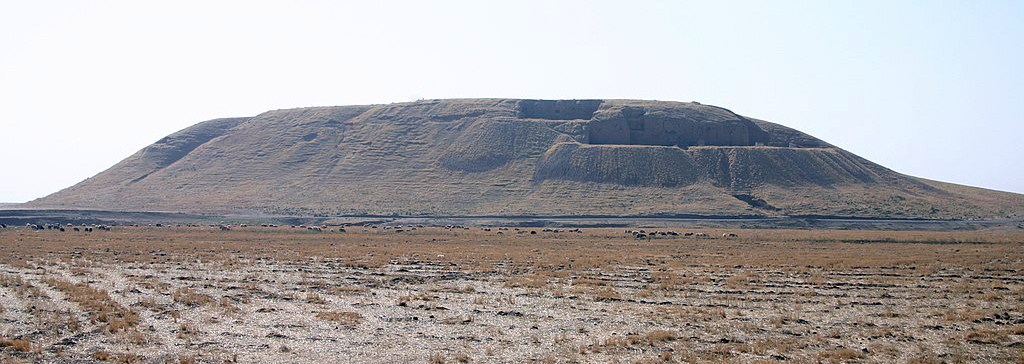When we travel in the Holy Land, we naturally spend time at archaeological sites. A common feature of the archaeological landscape that travelers should understand is the mound with a flat or plateau-like top called a tel.
In the ancient world, cities and towns were built in certain locations for a variety of reasons: proximity to water sources, soil quality and availability for farming, defensibility against invaders, and position relative to major roads and commercial trade routes, for example. When cities did fall to attack, they were often destroyed in the process. The victors sometimes rebuilt and resettled the site, and sometimes did not. At other times, circumstances such as famine or draught required a city’s population to relocate, leaving the site uninhabited.
A good location for a city was a good location, regardless of who lived there. Whether a city was reoccupied immediately or many years later, the process was usually the same. The unusable ruins of the city were spread across the site, then dirt was brought to fill it all in and create a new “ground level”. In other words, the new city was built directly on top of the old.
Over time, these layers accumulate and the city rises higher and higher. There are locations in the Holy Land that have more than twenty of these layers! The resulting human occupation mound is called a tel in Hebrew (tell in Arabic). We still see it in some names like Tel Aviv, Tel Lachish, and Tell es-Sultan (OT Jericho). It usually looks something like this:

Partially excavated, it looks like this:
We’ll see both when we travel to the Holy Land. As archaeologists excavate these sites, they work layer by layer from the top down, that is, from the most recent to the oldest. This is an important archaeological feature of the land, and it helps to understand what a tel is and how it is interpreted. Tels tell us a lot about the history of places!
Header photo: Israeli Ministry of Tourism, CC BY-ND 2.0



